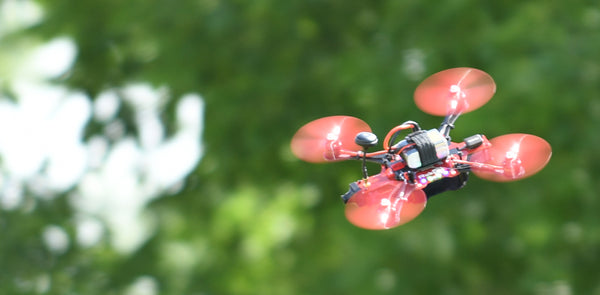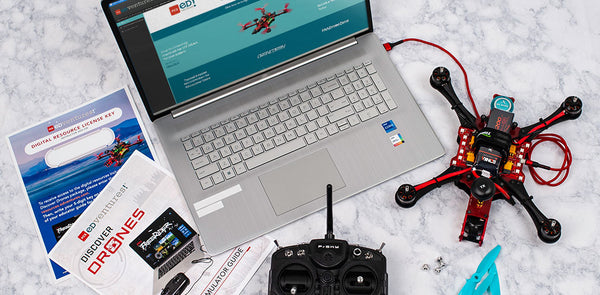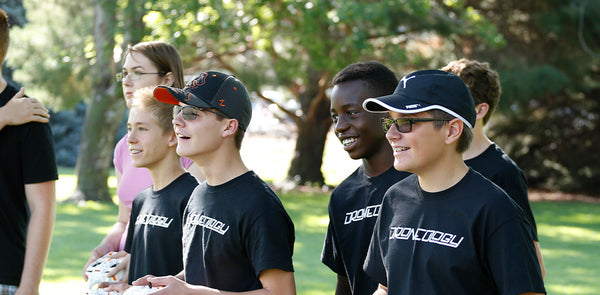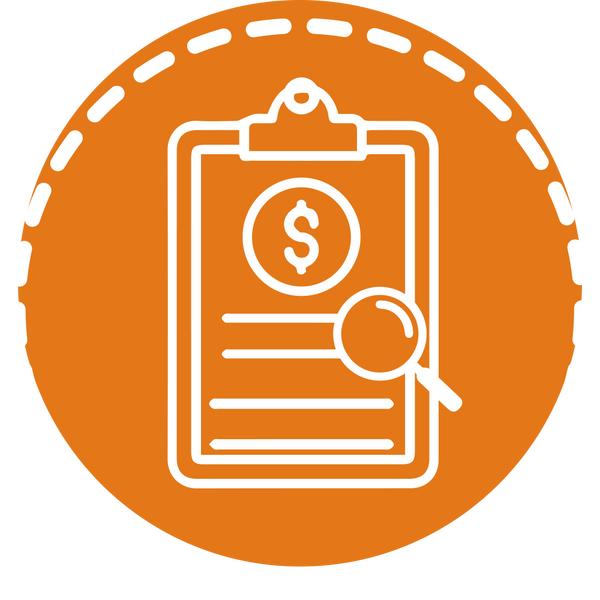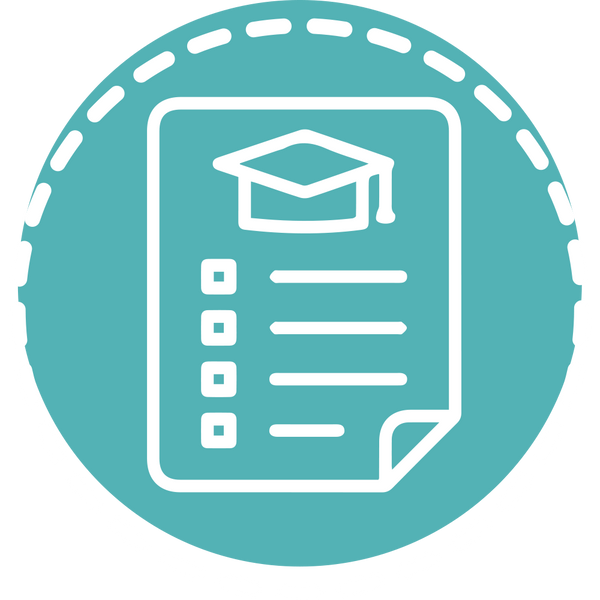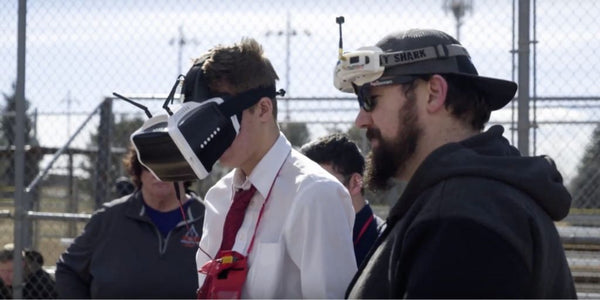
The Idaho TSA Drone Competition
“Drones are probably one of the greatest emerging technologies that we have. There are a lot of careers available for it, and we now have colleges offering drone degrees for students to go through to become a drone pilot in a lot of different areas.”
Justin Touchstone, Idaho State TSA Advisor
Why Drones?
For over 30 years, the Technology Student Association (TSA) has supported students and teachers dedicated to the advancement of technology education by enhancing student development, leadership and career opportunities in STEM. Over a year ago, Justin Touchstone, Idaho’s State TSA Advisor and Engineering Technology Education Program Manager, took this mission statement to heart when he realized the untapped potential of emerging drone technologies as not only a learning opportunity but as a gateway to the careers of the future.
So, he got to thinking — How could he bring drones to Idaho TSA students? Through a partnership with PCS Edventures. As a company equally dedicated to the advancement of STEM learning, the marriage of the PCS premiere educational UAV package, Discover Drones, and Justin’s eagerness to put one of the world’s fastest growing technologies in the hands of students was a simple one.
Working closely together, Justin created the Idaho TSA Drone Competition, a first-of-its-kind event centered around drone education, flight skills and career preparation.

The Competition
On March 9th and 10th, 2018, student teams from across Idaho came together for the first ever drone competition at the Idaho Technology Student Association (TSA) Student Leadership Conference in Twin Falls, Idaho. To participate, students took a written exam, created a portfolio, presented research on the potential of drones to solve real-world challenges and demonstrated their UAV piloting abilities with RubiQ, the STEM education drone built by PCS Edventures.
To participate, each team was required to submit a full portfolio containing: their drone specifications, a flight log, documentation of rules and regulations for drones, FAA and AMA registration, their TSA LEAP leadership resume and their Problem-Solving Challenge solution.
As a 3-part event combing drone literacy, safety and flight skills, the event consisted of:
1. Written Exam
This online exam was taken by each student the day before the main competition and required a team average of at least 70% to qualify for the Skills and Racing portions of the contest. The exam consisted of 50 multiple choice questions covering topics like Rules and Regulations, Safety and Terminology.
2. Problem-Solving Challenge
As one of the more unique challenges the drone competition posed to students, the Problem-Solving Challenge had teams identify a problem in their schools, community, city or state that could be positively influenced with drone technologies. By building a conceptual solution to the problem, the teams were required to present their project to a panel of judges for evaluation and feedback.
The judges for this event were members of the community who use drones as part of their daily vocation — in this case, members of the local police department who utilize UAVs for public safety. Each solution was evaluated on the quality of the team’s research, the level of innovation demonstrated and the quality of the presentation itself.
Student Examples
The Problem-Solving Challenge was the team’s opportunity to showcase how drones can be used for good in everyday situations. Of the student groups, one group focused on the issues of Search and Rescue in the rural part of Idaho where they live. The team researched the potential of drones to assist in search and rescue missions, both in helping to locate missing people and to deliver critically needed supplies or first-aid, buying precious time until emergency rescue crews can make it to the scene.
A second group, also from a fairly secluded and dispersed area, chose to focus on insulin and medical supply delivery. Because the nearest hospital could be hours away, these medical supply drones could be the bridge between life and death. One team even flipped the question and identified public distrust of drones as their problem to solve. Focusing on the concern that drones could be used to spy on private property, the group centered their solution around what they already knew about lasers being used to block cameras. They developed the idea of a private sensor that could be placed on top of buildings to identify when drones enter the private airspace. Once the sensor is tripped, the device would shine a laser at the drone’s lens, blocking the camera in a safe way.
3. Skilled Flight Challenge
This flight challenge consisted of three mini-challenges, with each challenge increasing in difficulty as the contest went on.
-
Level I: Novice – Pilots will fly around a flag and land in a designated area.

-
Level II: Intermediate – Pilots will pilot their drone around a simple slalom course (two flags) and land in a designated area.

-
Level III: Advanced – Pilots will fly a course of gates, and slalom flags and land in a designated area.

Each of the flight challenges were timed events, with time penalties issued for laps slower than the course allotment (1-min, 2-min, 3-min, respectively).
With teams converging on Twin Falls, Idaho from all over the state, the TSA Drone Competition was a huge success. From building and configuring their own drone to spending countless hours learning to fly, the competition not only trained competent UAV pilots, but it prepared students for a future of drone-filled skies. By posing the Problem-Solving Challenge as a way to utilize drones for good, the competition helped students see drones as a positive influence on the innovations to come to society. These students, much like the thousands of other learners with a knack for flying, will be the biggest influencers on how drones fully impact our future. By preparing them today for the problem-solving needs of the future, we’re ensuring a positive drone impact.
PCS, The TSA and Drones
For 30 years, PCS Edventures has prided itself on providing students with the world’s leading technologies, ensuring their preparedness for the careers of the future. From toying with the earliest coding systems in the garage of Pat’s Computer School to the advanced drone mechanics and networks we’re bringing to learners across the globe with RubiQ and Discover Drones, we couldn’t be prouder of the position we find ourselves in at the forefront of emerging career pathways and cutting-edge technology.
As many as 100,000 new jobs will be created in the first 10 years after unmanned aircraft are cleared for takeoff in U.S. airspace, according to a 2013 report from the Association for Unmanned Vehicle Systems International, and it’s our job as educators to ensure our students are prepared for a drone-filled future.
Which is exactly why PCS has dedicated itself to putting drones in the hands of students across the nation. From collaborating with the TSA to bring drones and STEM pathways to the most rural learners in Idaho to preparing our youngest learners for the age of technology, we know how impactful these little machines will be over the next 30 years.
Currently, drones are an organic beast, evolving and changing into any shape of peg they need for any hole — they are limitless. They will continue to innovate, they will continue to change and they will continue to provide today’s students with unlimited opportunities in the future... as long as our learners have the right tools to make the best of uncharted waters in front of them. So, are you ready to provide your students with the tools they need to succeed?
Related Articles & Drone Resources
- TSA Drone Competitions: 2019 | 2020
- Webinar: Discover Drones as an Instructional Platform
- Discover Drones: Testimonials
- Product: Discover Drones




